Last Updated on May 26, 2025 by SampleBoard
Beauty is no longer just about creams and brushes. It’s shaped by smart gadgets, scientific breakthroughs, and tools you once only saw in clinics.
Whether you're into skincare or hair removal, you probably see more tech at play than ever before.
What used to be done by hand is now handled by lasers, sensors, and AI. But it’s not just about machines because technique still matters.
This article examines the ideas, tools, and treatments that are changing the beauty world in tangible ways.
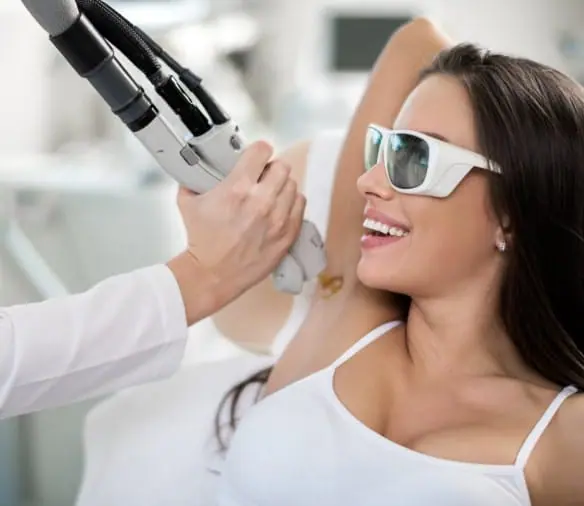
Technology has changed how you care for your skin. Devices aren’t just add-ons anymore, but a part of the routine.
Many tools that were once exclusive to clinics now sit on bathroom shelves.
They don’t require training, and they’re made to be easy. You turn them on, follow simple steps, and see your skin respond over time.
Some of the popular options include:
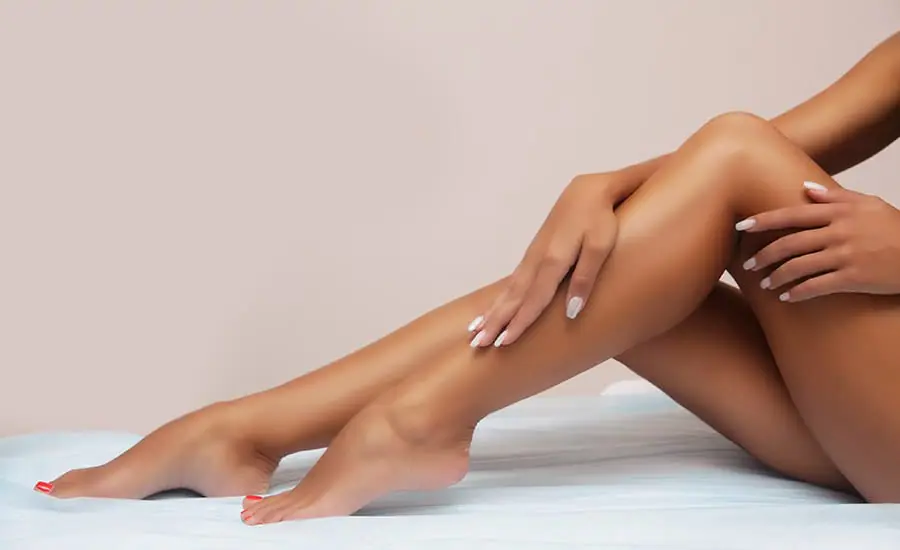
Hair removal isn’t what it used to be. You’re no longer limited to razors or wax strips.
Newer methods are focused on speed, precision, and long-term results, and, more importantly, they’re easier to access than ever.
Whether you’re after smooth legs, a clean upper lip, or something more specific like laser hair chest treatment, there’s a method that fits.
Laser hair removal uses concentrated light to damage the hair follicle. It’s quick, works well on larger areas, and shows results after just a few sessions.
Best results usually come with darker hair and lighter skin, although newer technologies work wonders on darker skin, too.
Electrolysis treats each hair individually with a small electric current. It takes more time, but it works on all skin tones and hair colors. It’s often chosen for areas that need precision.
IPL (Intense Pulsed Light) offers a broader light range, which makes it slightly more flexible, though not as focused as a laser.
At-home devices are getting better, too. Many offer settings for different skin types and include safety features to avoid burns or irritation.
They’re a great solution for those who can’t or don’t want to go to salons.
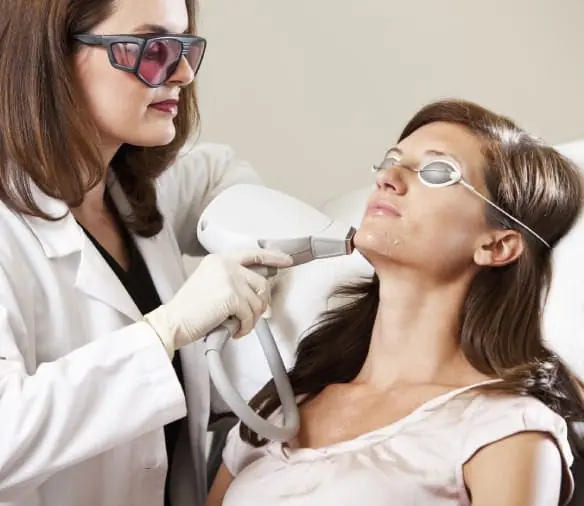

Lab work isn’t limited to medicine anymore. It’s also changing what goes into your skincare.
Science is now being used to build better ingredients from the ground up.
Instead of harvesting from animals or overused plants, labs can create stable, clean alternatives that behave the same, or better, on your skin.
This is where you’ll see the innovation:
These changes aren’t always visible on the label, but they show up in the way products feel and perform.
The goal is to cut irritation, boost consistency, and skip the long list of hard-to-pronounce ingredients.
Another biotech breakthrough getting attention is the use of peptides. These amino acid chains help signal the skin to produce collagen, improve elasticity, and reduce inflammation.
If you're curious about how peptides are changing skincare, Exploring Peptides offers clear, science-backed insights into their role and benefit.
.
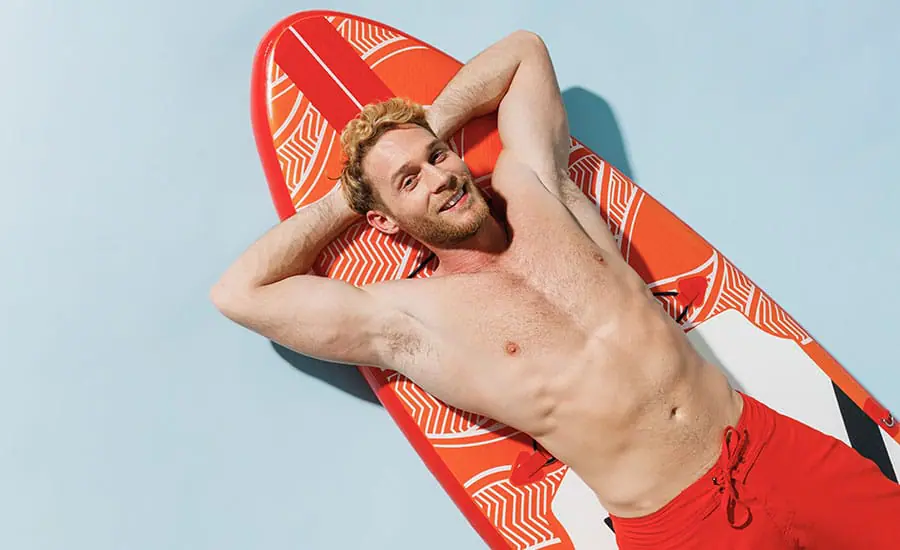
Personalization in beauty has reached a new level. You’re not just picking a product; in some cases, you’re getting one made for you on the spot.
3D printing now allows brands to produce foundations that match your exact skin tone, lipsticks in shades you’ve created, and skincare products based on your preferences or even your zip code.
Some formulas adjust for humidity, pollution, or skin concerns like redness or dryness.
Unlike products sitting on a shelf and waiting to be sold, these are made after you decide what you need.
This kind of precision means you’re more likely to use the product consistently and see better results. There’s also less waste involved, as you’re not tossing out half-used bottles or guessing between shades.
Beauty innovation also shows up in the packaging, and for good reason.
More people are paying attention to what happens after the product runs out.
That has pushed brands to rethink how their containers are made and how often they need to be replaced.
Many popular brands are switching to refill systems that let you keep the core packaging and just replace the product inside.
Others use compostable wrappers, recycled plastics, or glass instead of single-use materials.
It might seem that these changes aren’t obvious, but they matter. A compact that lasts five years instead of five months cuts down on clutter and reduces waste.
And when a brand makes refills easy to order, there’s one less thing to remember on your to-do list.

You don’t have to rely on a mirror or a guess anymore. AI is giving you real feedback based on your skin, and it's doing it in seconds.
Some apps analyze selfies to spot dryness, redness, or uneven tone.
Others recommend products based on your skin type, age, and even the weather.
A few go further, tracking how your skin changes over time and adjusting recommendations as needed.
Note: This doesn’t replace a dermatologist, but it helps you make quicker decisions with fewer mistakes. Instead of trying five cleansers to find the right one, you start with one that fits.
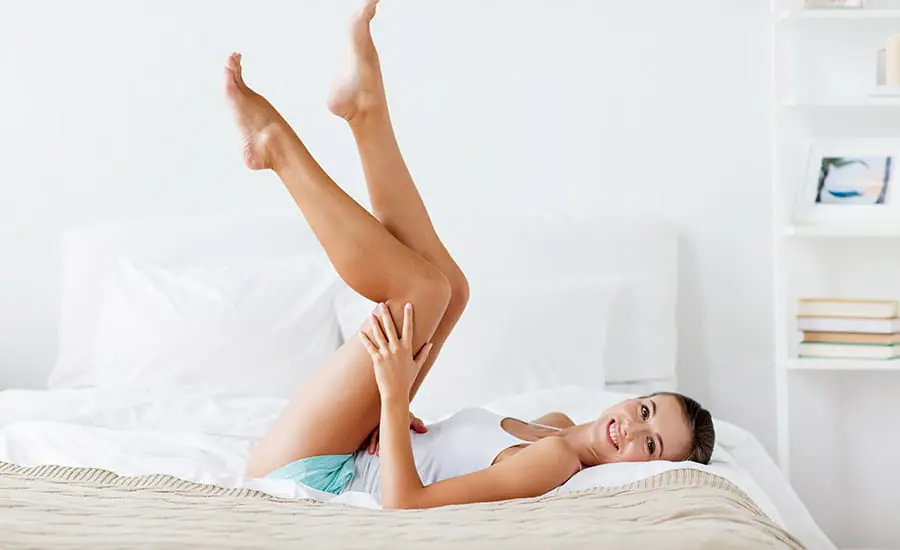
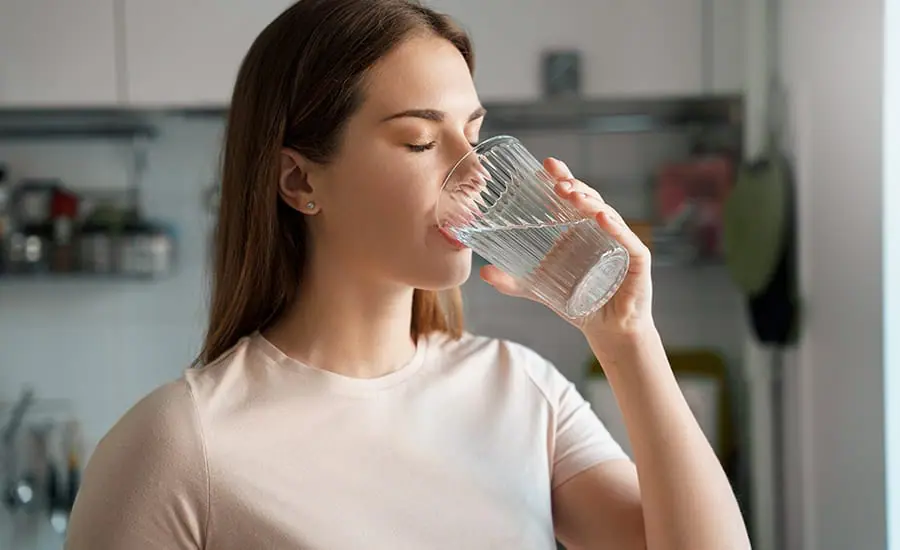
Beauty has always mixed science and style. The difference now is how fast things are moving.
What once took years to reach consumers now shows up in your routine within months.
You’re seeing better results, more options, and fewer compromises.
There are smart masks, laser sessions, and apps that can scan faces, and you’re part of this shift that’s making beauty more practical and more personal.
And the best part? You get to choose what works, not just what’s available.